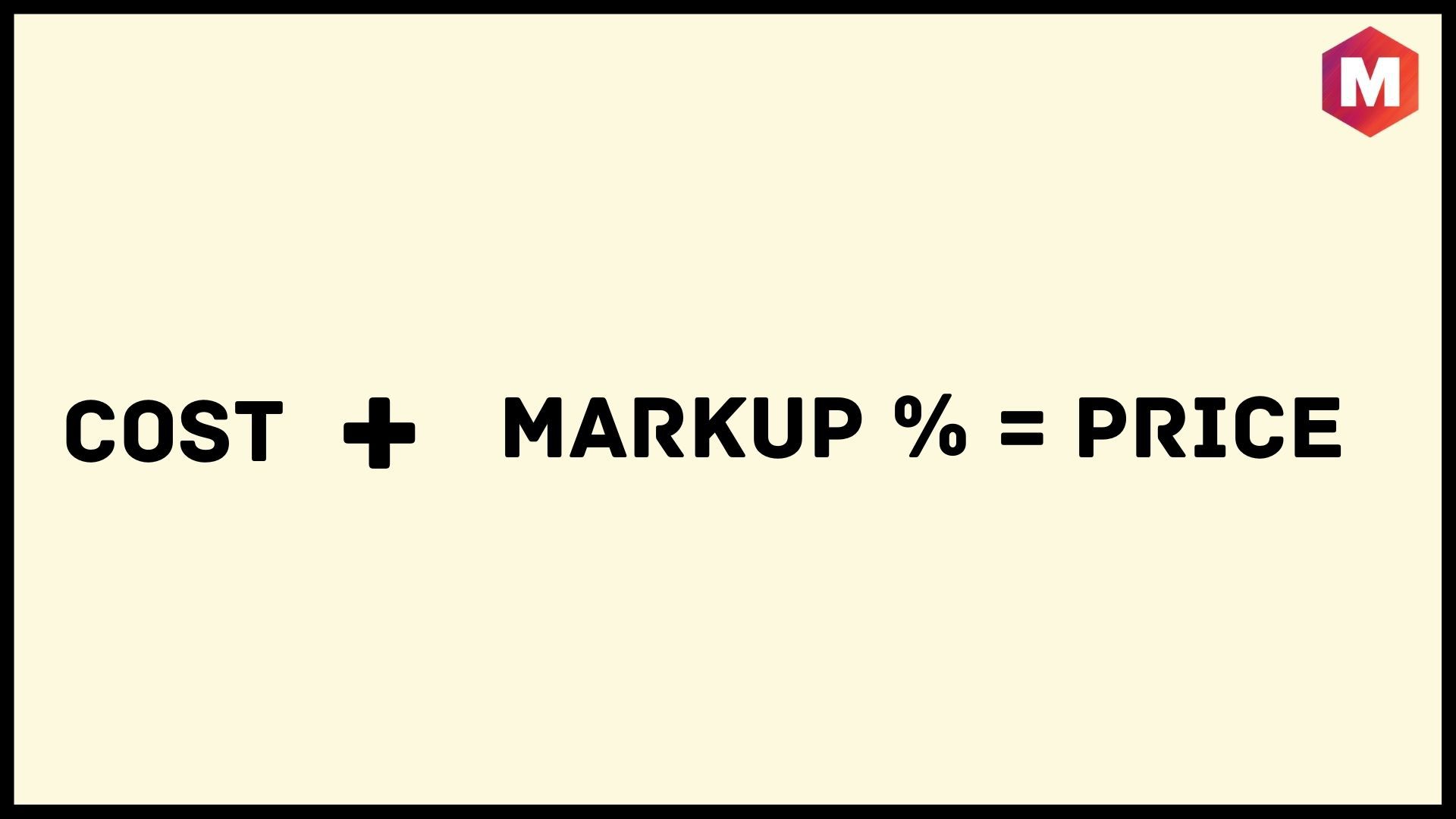

Sell to a few customers at a high price.You can choose to make a profit in two ways:
COST BASED PRICING VS VALUE BASED PRICING SOFTWARE
Taking your software development costs as baseline doesn’t make sense, you’re not developing a unique solution for every customer. How much of your costs are the maintenance and delivery of the software? Minimal. Once you create software, the major brunt of your work is done. A simple pricing method like cost-plus pricing, wouldn’t be viable because software doesn't function in the same way as other retail products. How Can You Apply Value-Based Pricing in SaaS?įor SaaS companies, value-based pricing is the best option. You would think the existing market price and your competitor’s price would influence what the customer thinks your SaaS solution is worth.Ĭustomers couldn’t care less about your costs or those of your competitor’s their only concern is the benefit they can get at a particular price. Brand value and brand image (customers are willing to pay more for popular brand names and luxury brands).The price the customer is willing to pay is based on the following:

COST BASED PRICING VS VALUE BASED PRICING FREE
The customer could use free VoIP services for internal communications, but if they want to implement a paid one, it's because of the numerous features and benefits offered by the company. To put this in perspective, let’s assume we have a SaaS company that sells business communication solutions like enterprise phones, VoIP, fax over internet, contact center services and the like. Value-based pricing means listening to your customer and making a profit maximizing decision. Only the customer can identify what your SaaS solution is worth to them. SaaS products are distinctive in their offering, which means that they're better positioned to implement the value pricing model. You achieve minimal profitability and ignore how much the customer is willing to pay. Traditional pricing strategies are based on everything but the customer. You can use value-based pricing to give a significant boost to your revenue without an impact on volume. This is the customer who finds the most value in your SaaS solutions. You’ll establish a price based on how much you think potential customers are willing to pay for the value your product offers.įor this to work, you’ll have to zero in on specific customer segments-the customers whose pain points your products or services target. What this means is that your product’s price won't be calculated based on historical fees, your ideal profit margins, your production costs, or overhead. Value-based pricing is a dynamic pricing strategy that is dependent on the perceived value of a product or service. Image Source: Medium What Is Value-Based Pricing? As a SaaS company, value-based pricing can help you focus on your ideal customer and let them dictate your pricing. Your price can help define you and your brand. That is a massive shift and proof that pricing can make or break your business. Identify the actual worth of your solutions and you can use your pricing page to motivate customers, stand apart from competition, and boost revenue.Ī 1% improvement in prices results in an 11.1% increase in operating profit. Using your competitors’ and your costs as a baseline for your price, is a disservice to the value your products create. SaaS products are unique and that gives you the opportunity to have a unique pricing strategy as well, which can prove to be game-changing. Whether it's your inbound marketing or your pricing strategy, there are better chances of success if you focus these elements around your customer. There is usually a higher profit margin with value-based pricing, but fewer of these products and services are sold than the more affordable products and services that use the cost-based pricing model.Your customer should be the most important factor in your business. Value-based businesses are more expensive because they are based on the willingness of buyers to pay higher prices for benefits that are difficult to quantify. Value-based pricing has a larger range of prices than cost-based pricing because value is an estimate of what people will pay to obtain desirable benefits, whereas cost is based on quantifiable numbers.Ĭost-based pricing is typically less expensive than value-based pricing because cost-based businesses offer competitive prices to lure customers away from competitors. The primary difference between value-based and cost-based pricing is that value-based pricing is almost exclusively focused on the benefits a product or service offers a customer, whereas cost-based pricing is focused on the features and characteristics of a product or service. Differences Between Value-Based and Cost-Based Pricing


 0 kommentar(er)
0 kommentar(er)
